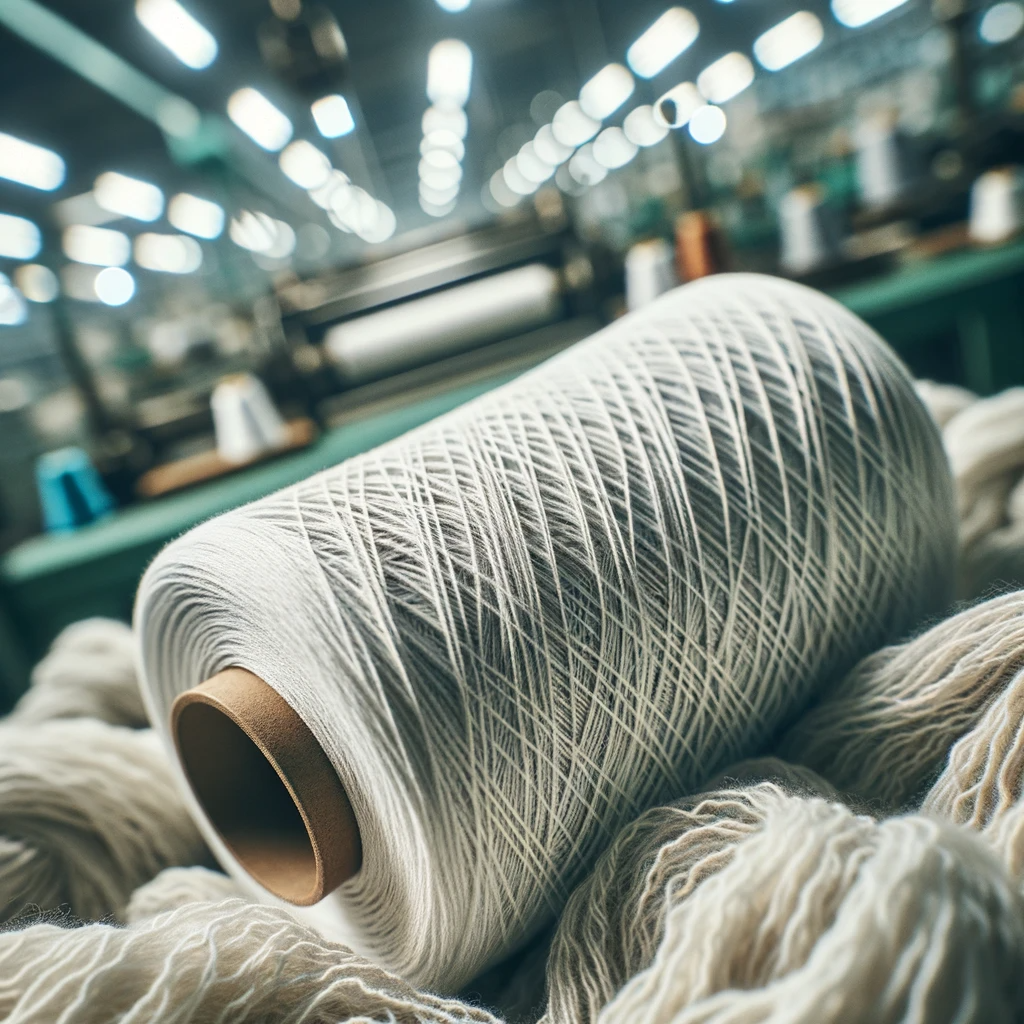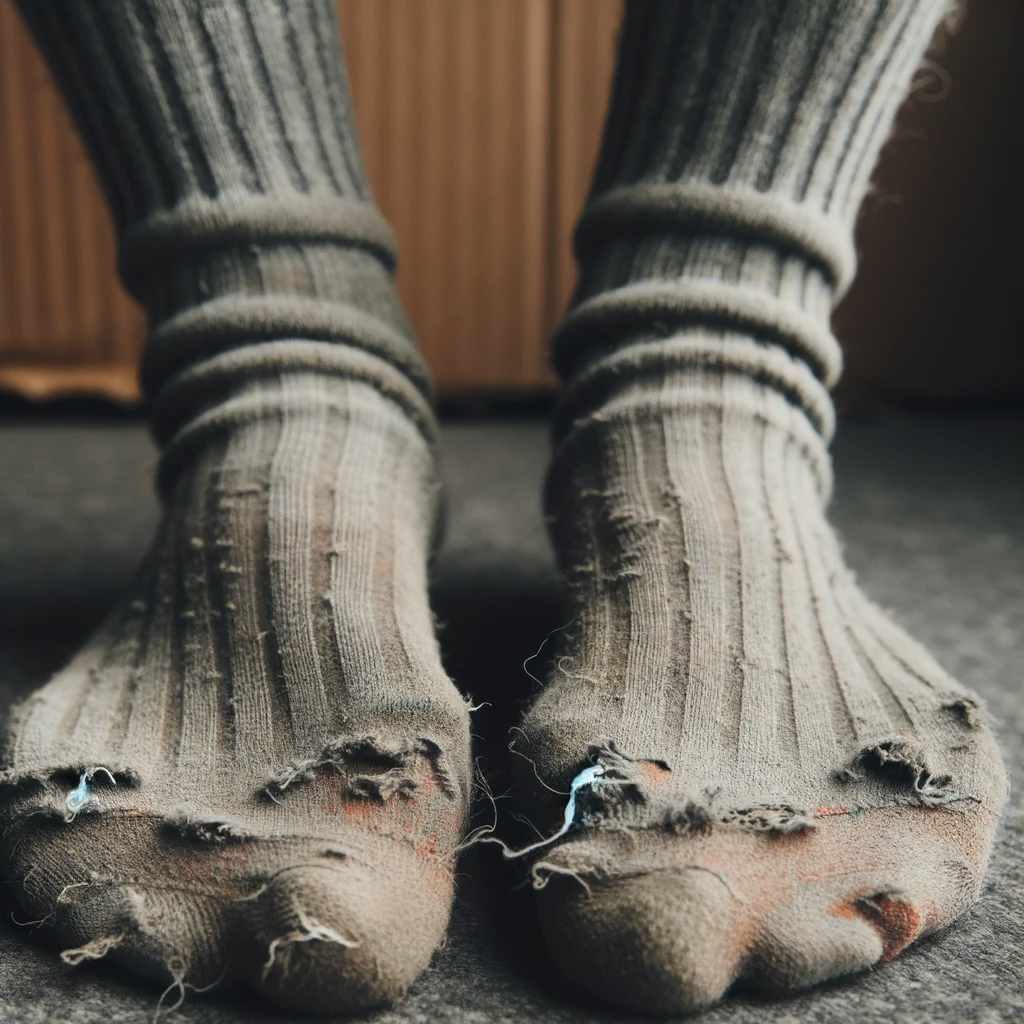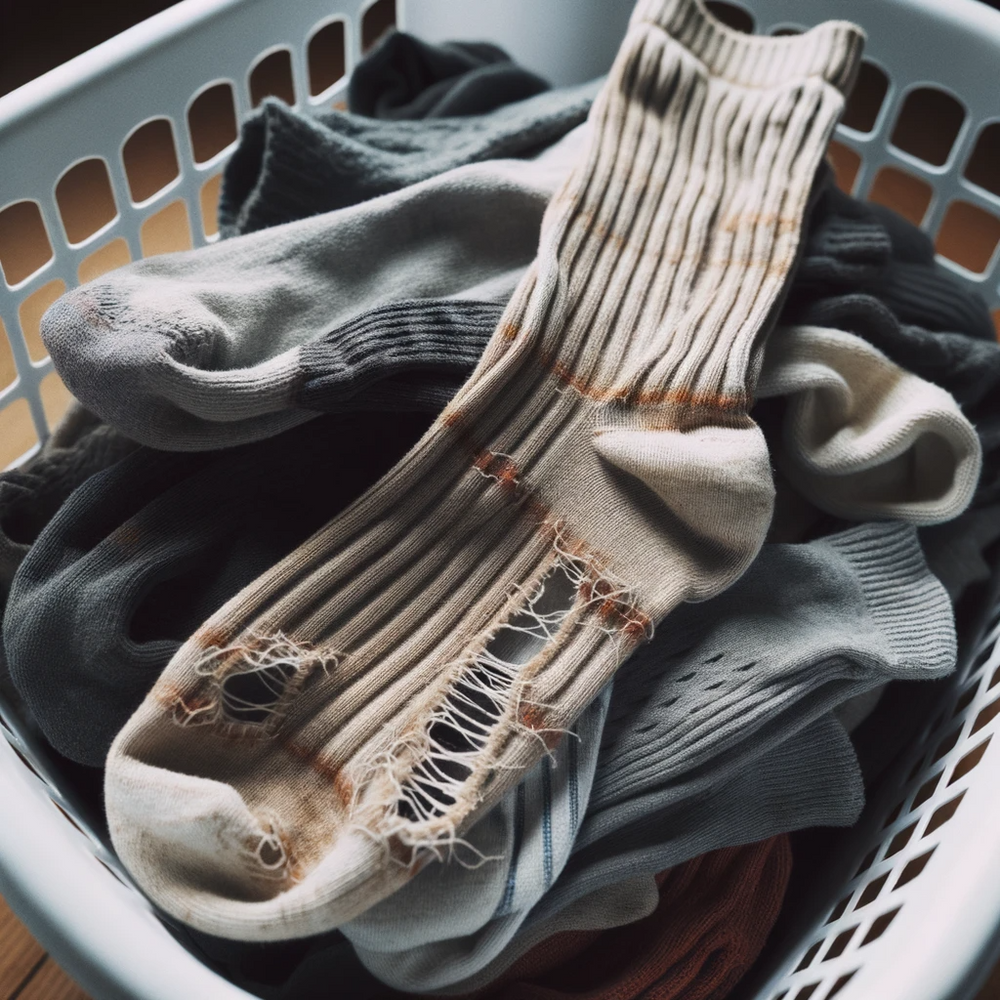How long do socks last?
- A Brief History of Socks
- Understanding Sock Lifespan
- Material Matters: How Long Do Different Socks Last?
- How to Extend the Life of Your Socks
- When to Replace Your Socks
- Investing in Durable, Long-Lasting Socks
- Final Thoughts
A Brief History of Socks
Socks have been a staple of human wardrobes for centuries. The earliest known socks, dating back to the 3rd century AD in Egypt, were made from animal skins and wrapped around the feet for protection. In the Middle Ages, socks were hand-knit from wool and were considered a luxury item. Today, socks have evolved into everyday essentials, designed with modern materials for durability and comfort.
Understanding Sock Lifespan: A Data-Driven Approach
According to a 2022 survey by the American Apparel and Footwear Association, the average consumer purchases 12 pairs of socks per year, suggesting a high turnover rate. However, with **better material choices and proper care**, socks can last significantly longer.
Material Matters: How Long Do Different Socks Last?
| Sock Material | Lifespan | Pros | Cons |
|---|---|---|---|
| Cotton | 6-12 months | Breathable, soft | Absorbs moisture, wears quickly |
| Wool | 1-2 years | Antimicrobial, moisture-wicking | Requires special care, may feel itchy |
| Synthetic (Nylon/Polyester) | 2-5 years | Durable, quick-drying | Less breathable, can retain odors |

How to Extend the Life of Your Socks
Following proper washing and drying techniques can significantly impact your socks' lifespan.
- Wash in cold water to prevent shrinkage and fiber breakdown.
- Avoid bleach, which weakens the fabric over time.
- Air drying helps prevent high-heat damage.
- Rotate between multiple pairs to reduce wear and tear.
When to Replace Your Socks

Even high-quality socks eventually wear out. Look for these signs:
- Holes or thinning fabric
- Loss of elasticity (they keep sliding down)
- Lingering odor after washing
- Persistent discomfort or friction
Wearing worn-out socks can lead to blisters, calluses, and even fungal infections.
Investing in Durable, Long-Lasting Socks
Choosing High-Quality Socks
- Look for reinforced toe and heel socks to extend wear time.
- Materials like **merino wool and bamboo** provide **better longevity and comfort**.
- Thigh-highs and knee-high socks with strong elastic retain their shape better.
Are Expensive Socks Worth It?
Higher-quality socks often last **3-5 times longer** than budget options.
By choosing high-quality socks, following proper care techniques, and considering sustainable brands, you can **reduce waste, save money, and enjoy better comfort**. Whether you're investing in thigh-high socks or looking for everyday wear, making informed choices will help your socks last longer.


